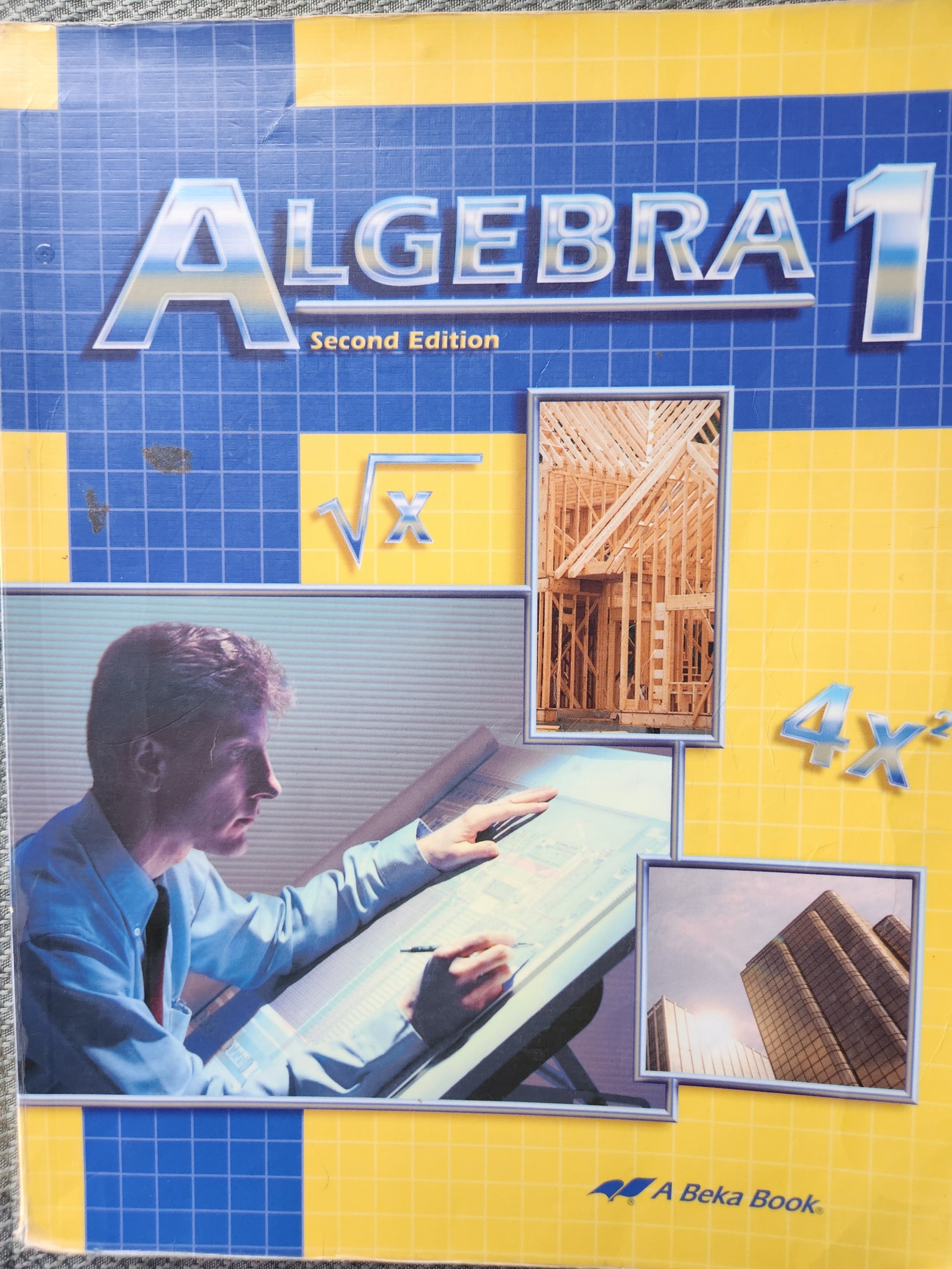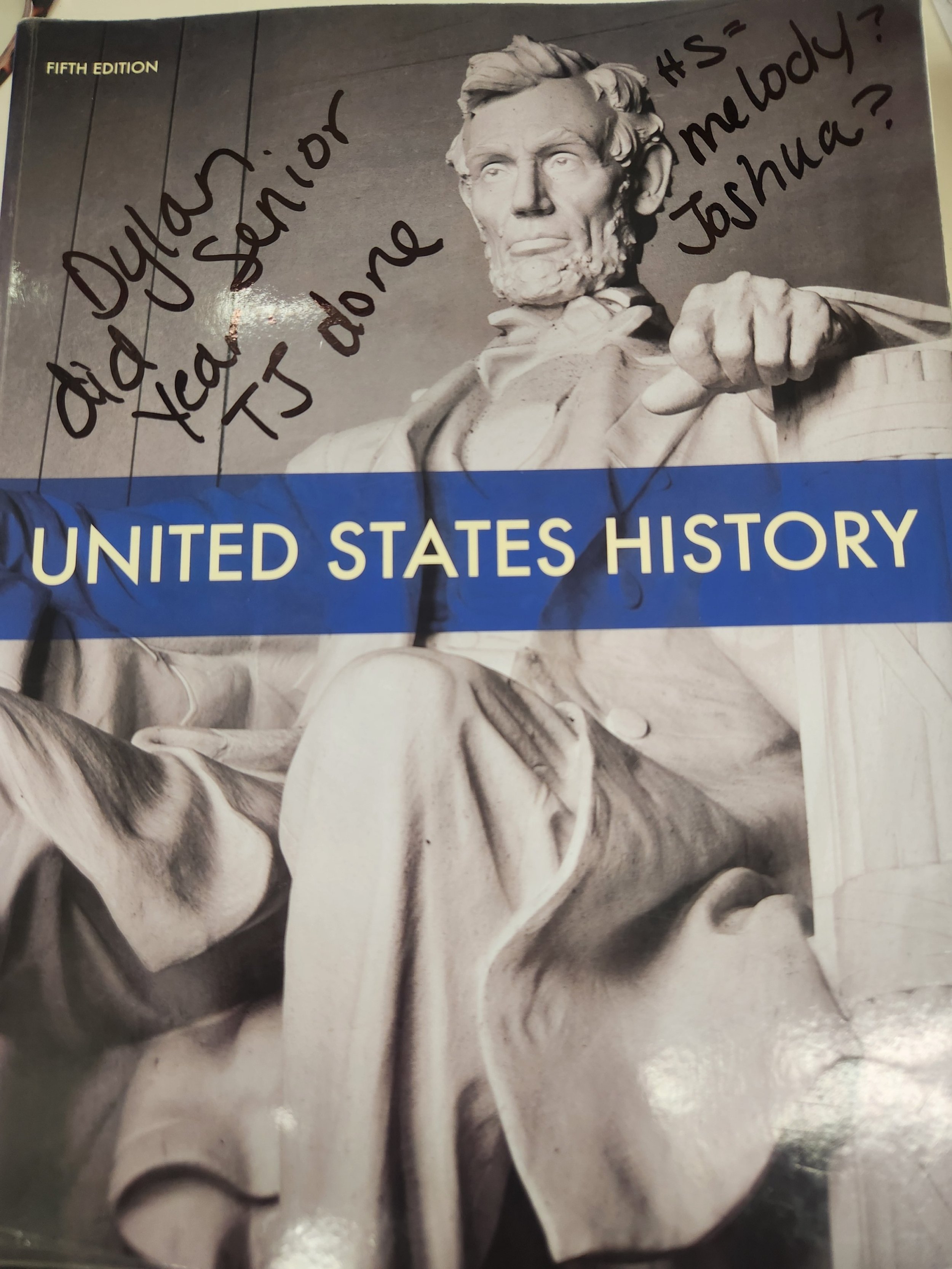Fairview's Guide to Composition and Essay Writing
Gently used
Given a choice between writing a fictional story and an essay, I would much rather write a story. But in high school, learning to write essays and compositions is a necessity. The author of Fairview's Guide to Composition and Essay Writing believes that essays and compositions are creative papers, too, and that students should regard them as such, using illustrative and detailed sentences to improve appeal. The book opens with "The Big Picture." Here students are encouraged to start a reading journal and seek out different types and styles of essays from different writers, both modern and classical. Then the book introduces students to the "Golden Rules" of writing, providing them with short samples to revise using these rules. In the following lesson, students focus on style, tone and audience. Then comes an extremely helpful lesson where a lot of people choke: introductions and conclusions. The rest of the chapter works on paragraphs, brainstorming, and drafting. The next section is "Sentence Fluidity." Here students first identify and revise awkward sentences. Then they are shown the differences between writing and speaking, which helps to eliminate frequently used words or word patterns. Next they are helped to choose better words to be more descriptive and precise. They also learn the importance of quotes and how to use them. The third section is devoted to sentence combining, and the use of clauses and phrases that aid in combining sentences. The final section is "Essay Writing," which by now students are well prepared for. First they write a persuasive essay, taking a stand for something they feel strongly about. It takes them through the usual steps: finding a topic, developing it, gathering information, interviews, statistics, then actually writing the paper. The next assignment is a compare and contrast paper. Then comes a personal essay. Here students are aided by advice and warm-ups. The final essay is "The Mock Essay," which is an imitation essay of another writer. Each essay is further explained by a 3-5 page sample essay. Answers are included. When the time comes to write an essay, there is now no need to panic. - Melissa
Gently used
Given a choice between writing a fictional story and an essay, I would much rather write a story. But in high school, learning to write essays and compositions is a necessity. The author of Fairview's Guide to Composition and Essay Writing believes that essays and compositions are creative papers, too, and that students should regard them as such, using illustrative and detailed sentences to improve appeal. The book opens with "The Big Picture." Here students are encouraged to start a reading journal and seek out different types and styles of essays from different writers, both modern and classical. Then the book introduces students to the "Golden Rules" of writing, providing them with short samples to revise using these rules. In the following lesson, students focus on style, tone and audience. Then comes an extremely helpful lesson where a lot of people choke: introductions and conclusions. The rest of the chapter works on paragraphs, brainstorming, and drafting. The next section is "Sentence Fluidity." Here students first identify and revise awkward sentences. Then they are shown the differences between writing and speaking, which helps to eliminate frequently used words or word patterns. Next they are helped to choose better words to be more descriptive and precise. They also learn the importance of quotes and how to use them. The third section is devoted to sentence combining, and the use of clauses and phrases that aid in combining sentences. The final section is "Essay Writing," which by now students are well prepared for. First they write a persuasive essay, taking a stand for something they feel strongly about. It takes them through the usual steps: finding a topic, developing it, gathering information, interviews, statistics, then actually writing the paper. The next assignment is a compare and contrast paper. Then comes a personal essay. Here students are aided by advice and warm-ups. The final essay is "The Mock Essay," which is an imitation essay of another writer. Each essay is further explained by a 3-5 page sample essay. Answers are included. When the time comes to write an essay, there is now no need to panic. - Melissa
Gently used
Given a choice between writing a fictional story and an essay, I would much rather write a story. But in high school, learning to write essays and compositions is a necessity. The author of Fairview's Guide to Composition and Essay Writing believes that essays and compositions are creative papers, too, and that students should regard them as such, using illustrative and detailed sentences to improve appeal. The book opens with "The Big Picture." Here students are encouraged to start a reading journal and seek out different types and styles of essays from different writers, both modern and classical. Then the book introduces students to the "Golden Rules" of writing, providing them with short samples to revise using these rules. In the following lesson, students focus on style, tone and audience. Then comes an extremely helpful lesson where a lot of people choke: introductions and conclusions. The rest of the chapter works on paragraphs, brainstorming, and drafting. The next section is "Sentence Fluidity." Here students first identify and revise awkward sentences. Then they are shown the differences between writing and speaking, which helps to eliminate frequently used words or word patterns. Next they are helped to choose better words to be more descriptive and precise. They also learn the importance of quotes and how to use them. The third section is devoted to sentence combining, and the use of clauses and phrases that aid in combining sentences. The final section is "Essay Writing," which by now students are well prepared for. First they write a persuasive essay, taking a stand for something they feel strongly about. It takes them through the usual steps: finding a topic, developing it, gathering information, interviews, statistics, then actually writing the paper. The next assignment is a compare and contrast paper. Then comes a personal essay. Here students are aided by advice and warm-ups. The final essay is "The Mock Essay," which is an imitation essay of another writer. Each essay is further explained by a 3-5 page sample essay. Answers are included. When the time comes to write an essay, there is now no need to panic. - Melissa







